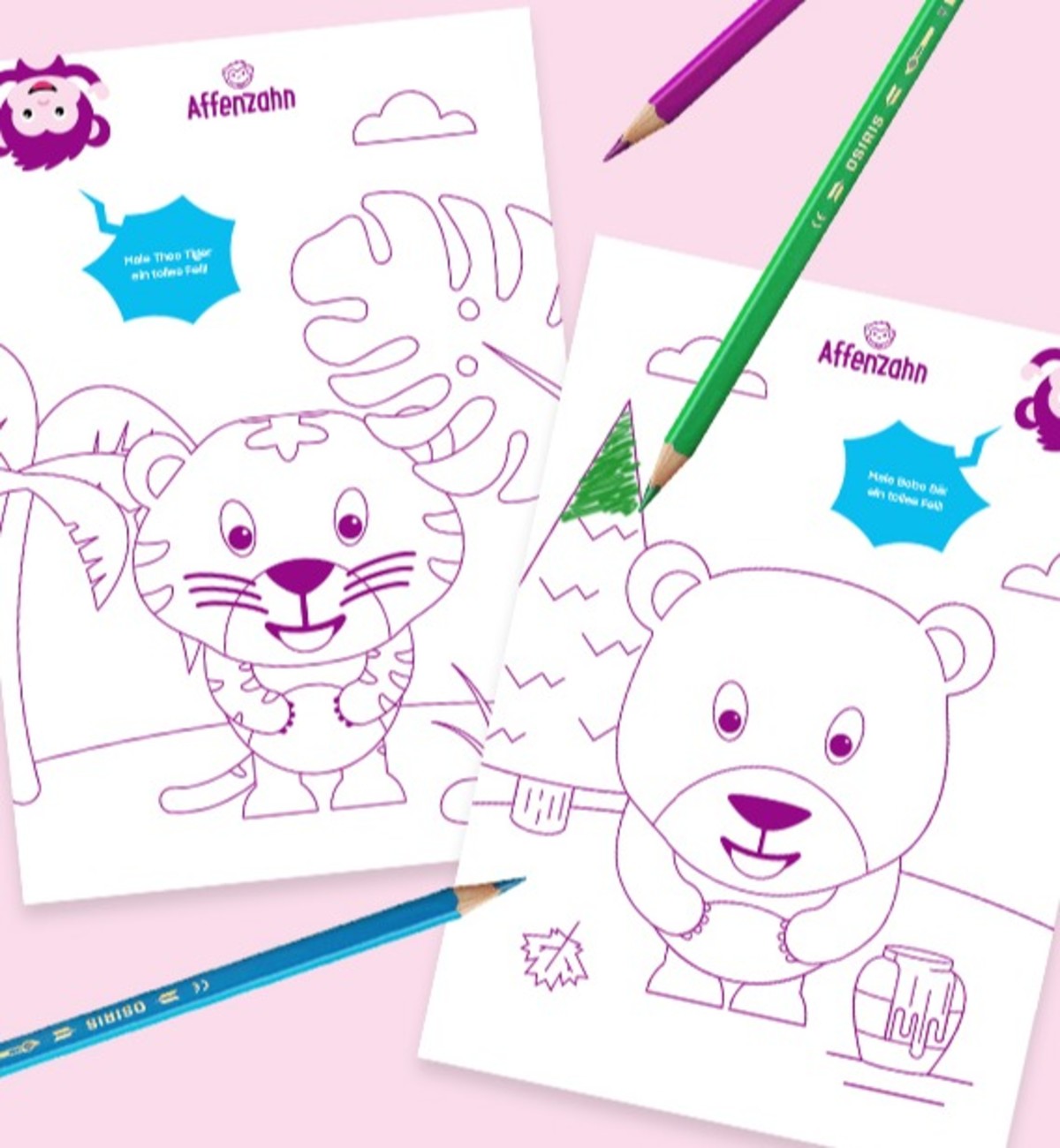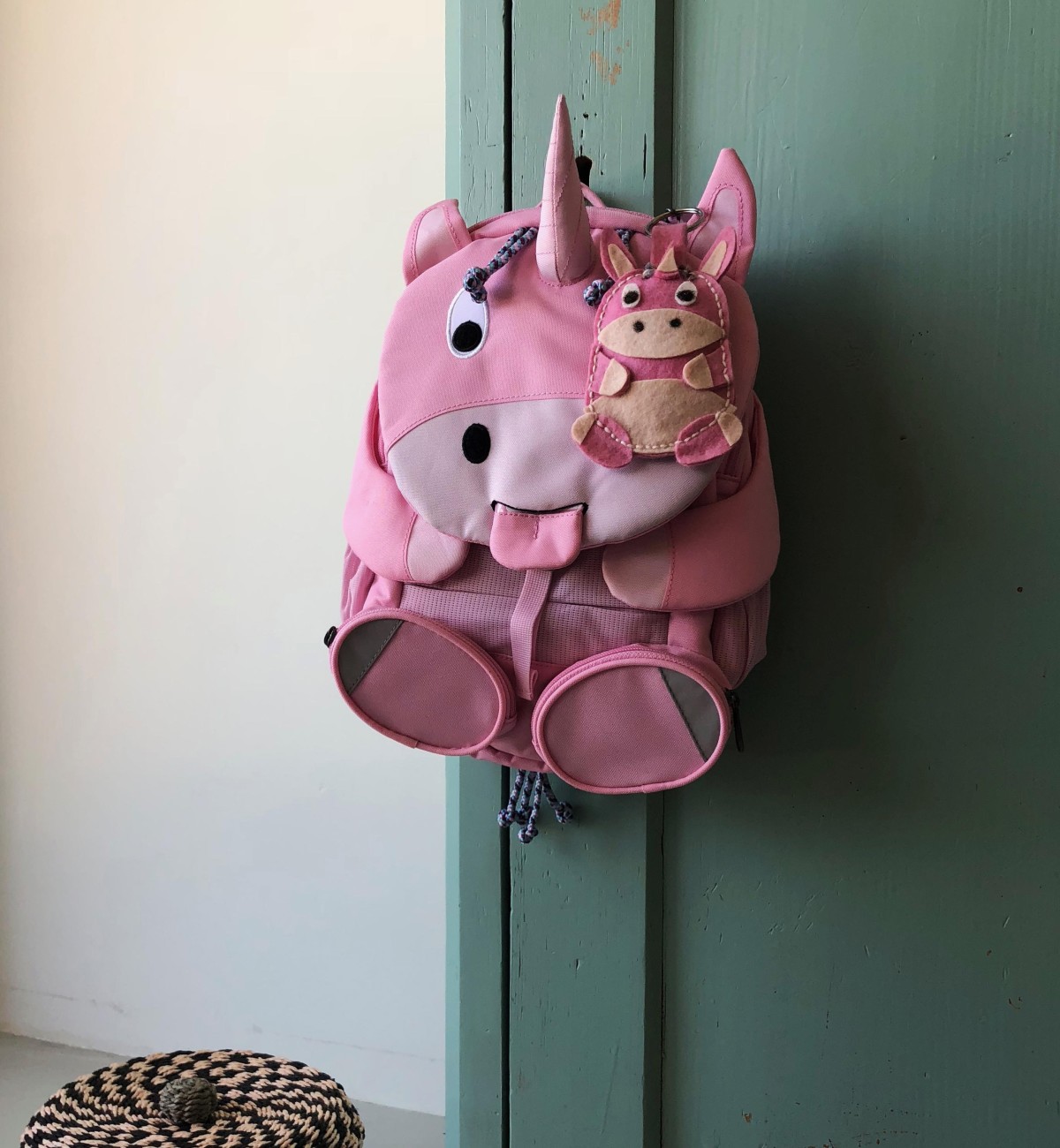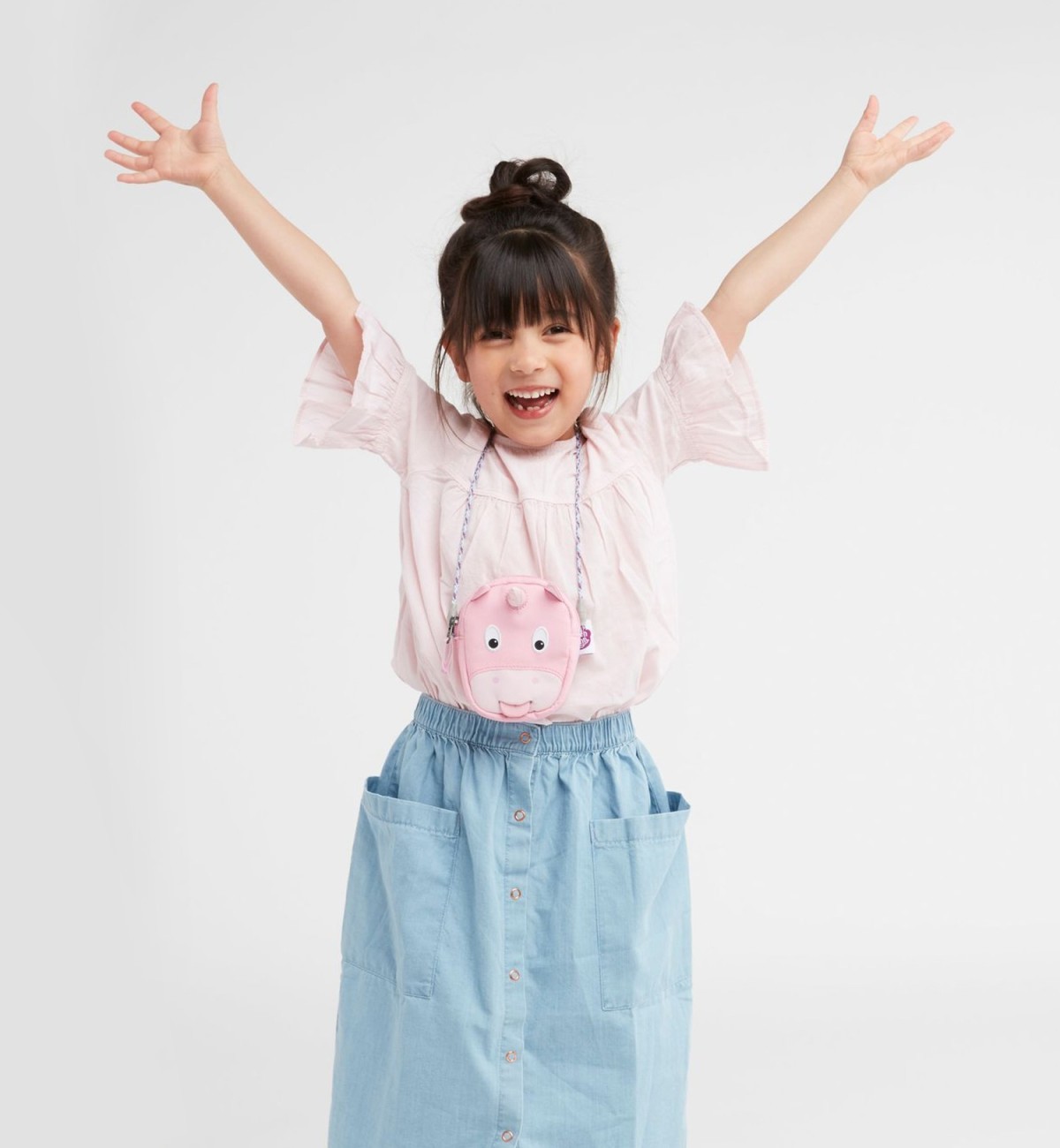Little chaos in the nursery? These tricks help


It’s normal to spread chaos
Even if adults may not see it that way: Children don't really need order in their room. Experts assume that it is quite normal to spread chaos (and then ignore it) when children discover the world. Even if there are certainly children who are a little more organized than others: The desire for a regulated filing system for toys and books is never inherent.
If a child is one of those little chaotic people, that doesn't mean that you have to admit defeat. Or that you clean up for the kids every day. It's best to do it together - and start before it's too late.
Creating little rituals
Cleaning up the mess in the nursery: That sounds like an hour-long task. But if a family introduces small hacks, it works better and can even be fun. For example: Every evening, all the building blocks go into the red box. Or: We can read every book one after another – but in the end they are back on the shelf. And one more simple rule that could be something for the whole family: All clothes don’t just land on the floor when you take them off or on the never ending pile that – if we’re honest- everyone’s got somewhere in their room, whether it’s on a chair or a different place.
It's great when you make a little ritual out of it and perhaps even manage to tidy it up in a playful way. It's okay if the kids want to throw their building blocks into the box from a great distance - even if some of them land next to it. As long as they laugh and don't see tidying up as an annoying chore, everyone is happy.
Allow Chaos Exceptions
Let's imagine we've been building a zoo of toy characters all day and we're really looking forward to playing with them tomorrow. And then Mom and Dad demand that everything needs to be cleared away. This clouds the mood a little bit, doesn’t it?
That's why even clean-up experts recommend allowing children exceptions - for example, when it comes to a game the kids have already put so much work into and want to dedicate themselves to again the next day.
Another advantage of this is that tidying up is not that negatively affected in children's heads. Because if they learn that their favourite treasures are being spared from the daily order action, they will feel much better. Of course, things only get difficult if every single building block, every teddy bear and every excavator has to stay in a particular spot because it has a "very, very important" function there.
Cleaning up with kids can also be fun
If a larger order action is necessary: It helps if you try making a good time out of it. Play the kids' favourite music or listen to an exciting audiobook. Maybe take a short break in between to have a picnic in the middle of the (half-managed) chaos, or just flip through one of the books that actually is about to be put on the shelf.
Another possibility: Make a fun game out of it. For example roll a dice - if you get a five, you have to put away five pieces. Or with a color cube, the kids should pick up all the red pieces from the floor if it falls on red. This is fun and maybe nobody will complain so much about cleaning up for two hours. Neither the kids nor the parents.
Is it possible to establish an arrangement system in the nursery?
If you really mean it, you can structure the storage in the children's room in such a way that order is easy. Important: All boxes, cases and shelves must be arranged in such a way that even the little ones can store toys here. A colour system on the containers could also be very helpful: all blue boxes can be the home of cuddly toys, while red boxes are intended for building blocks.
Maybe there are even small coat hooks where jackets and the kindergarten backpack have their place. This way nothing flies around the area - and tidying up is much easier.
Reducing toys: It’s difficult, but helps
However, one of the most important requirements for a functioning arrangement system in the children's room is that it should not be overcrowded. Sure, all kids love toys. But they grow out of their clothes just as quickly, destroy things or lose interest in the toy truck that used to be the star of the nursery two months ago.
Anything that is broken, too small or really (and permanently) unloved should go. This creates enough space to accommodate all the beloved toys or stuffed animals - and maybe even keeps it halfway tidy. If there is a lot of stuff, which is as good as new, there are many ways to donate old kids toys and clothes, possibilities of gifting them to other families and kids or even selling them on flea markets or online market places. That way you don't just create space, but the items can still be used and don't end up in the garbage.








